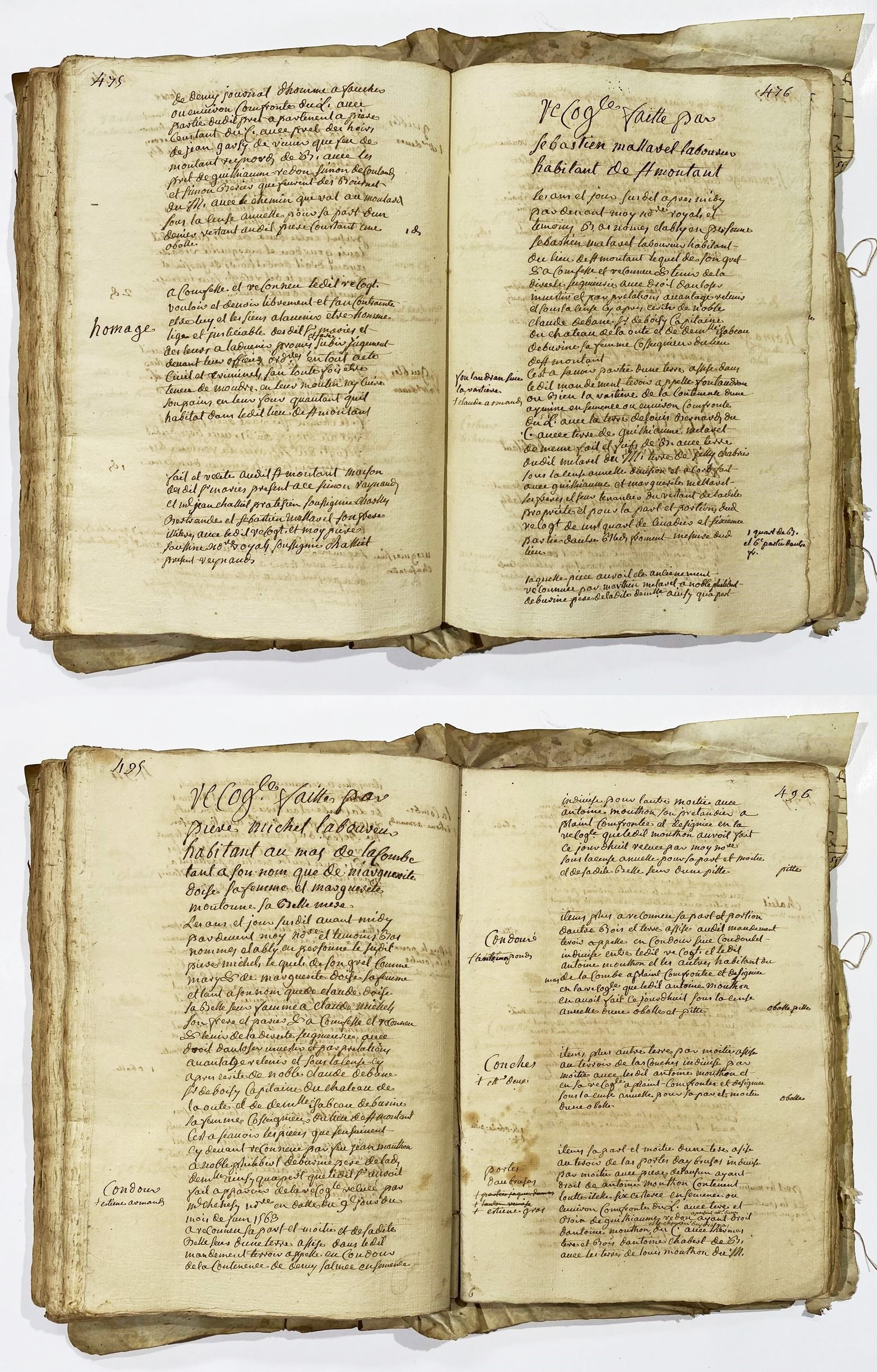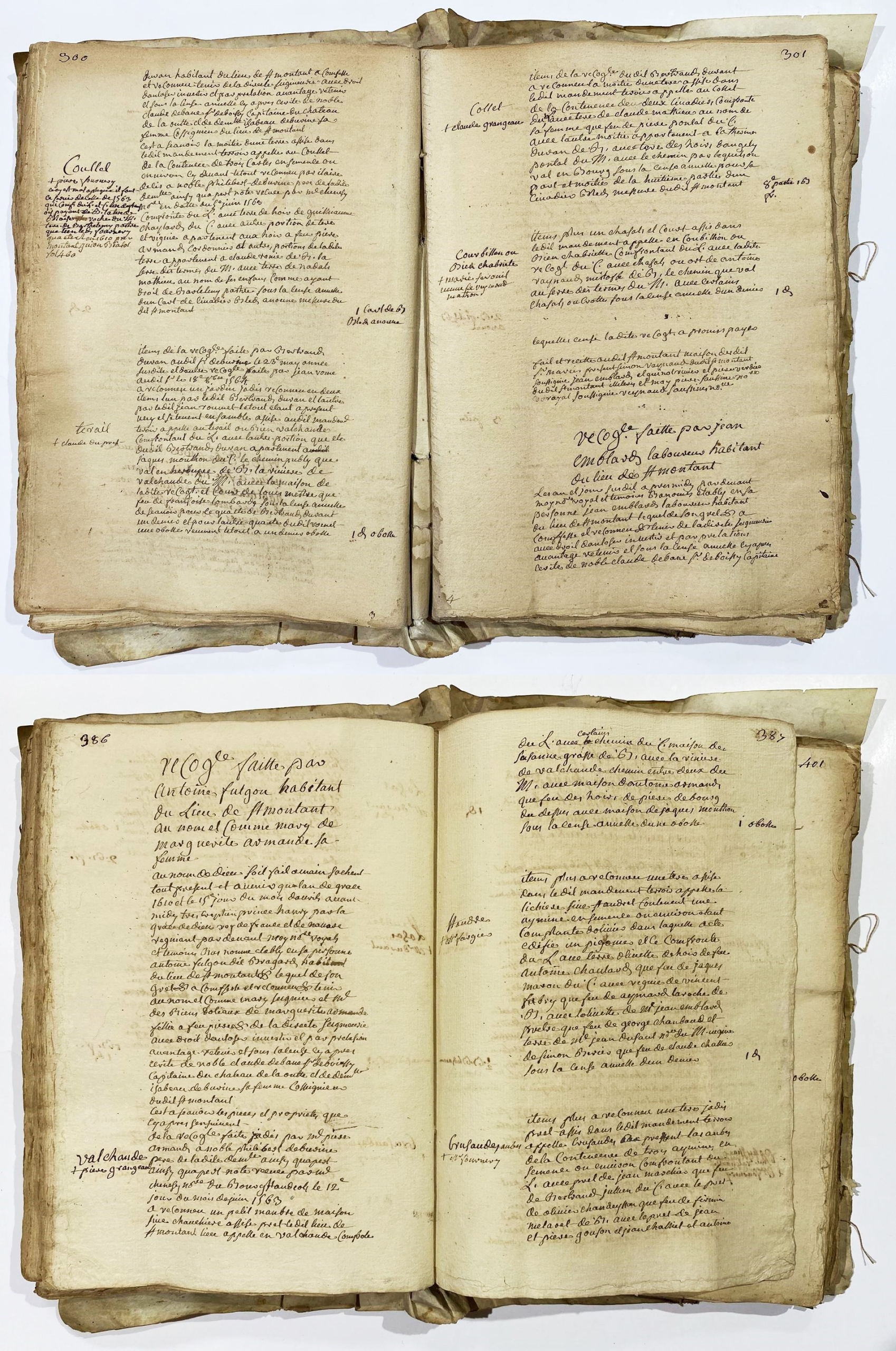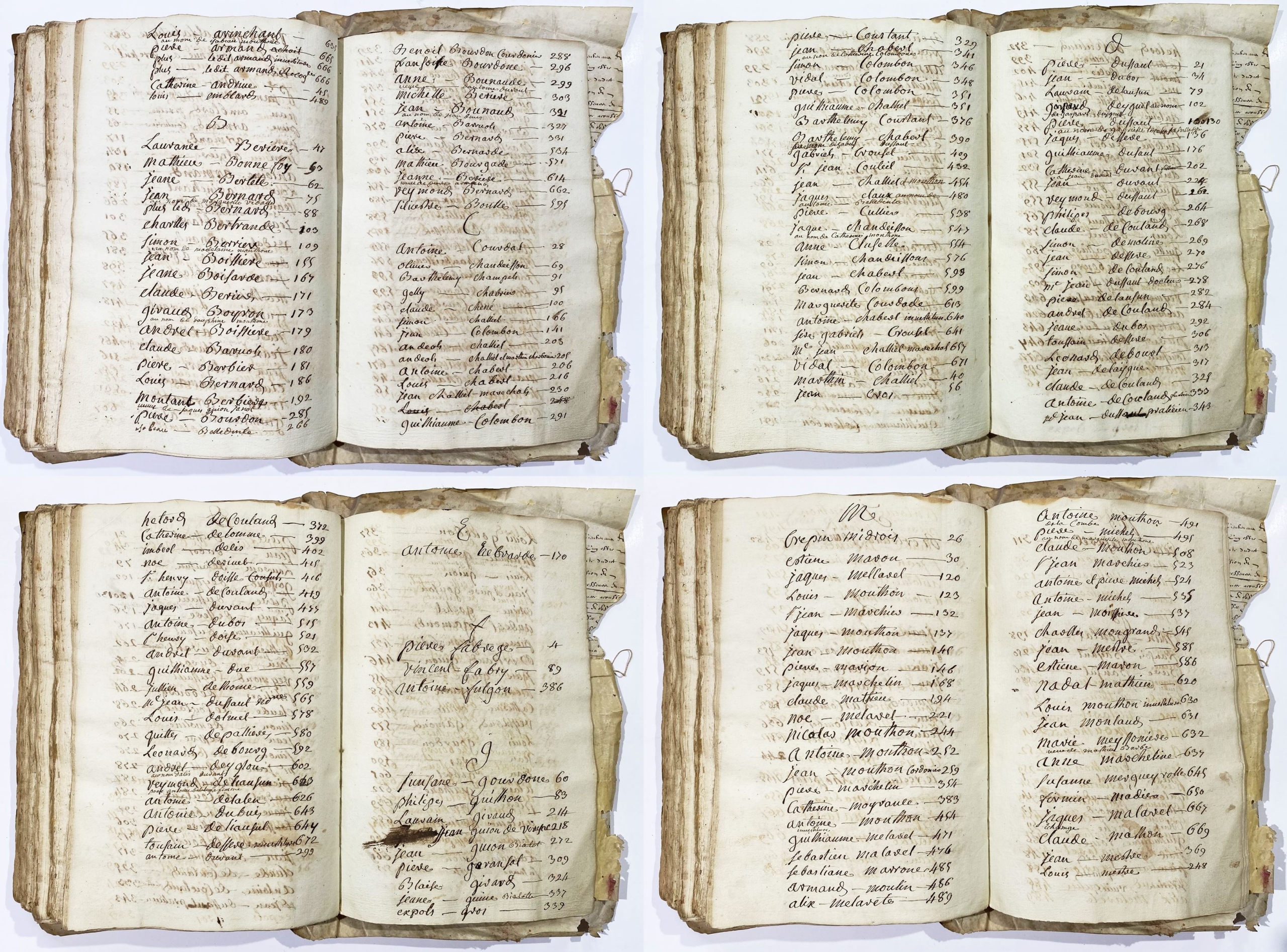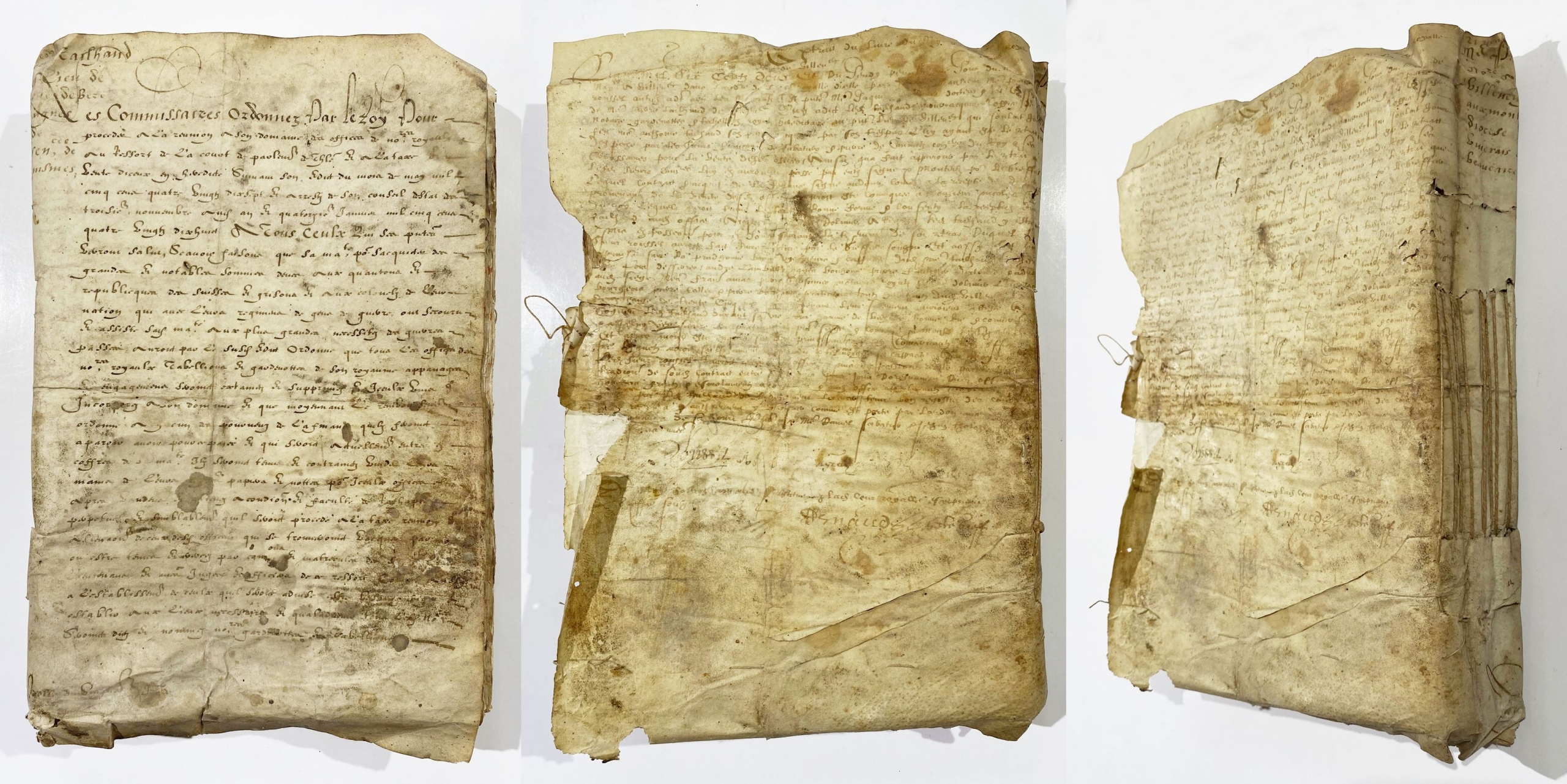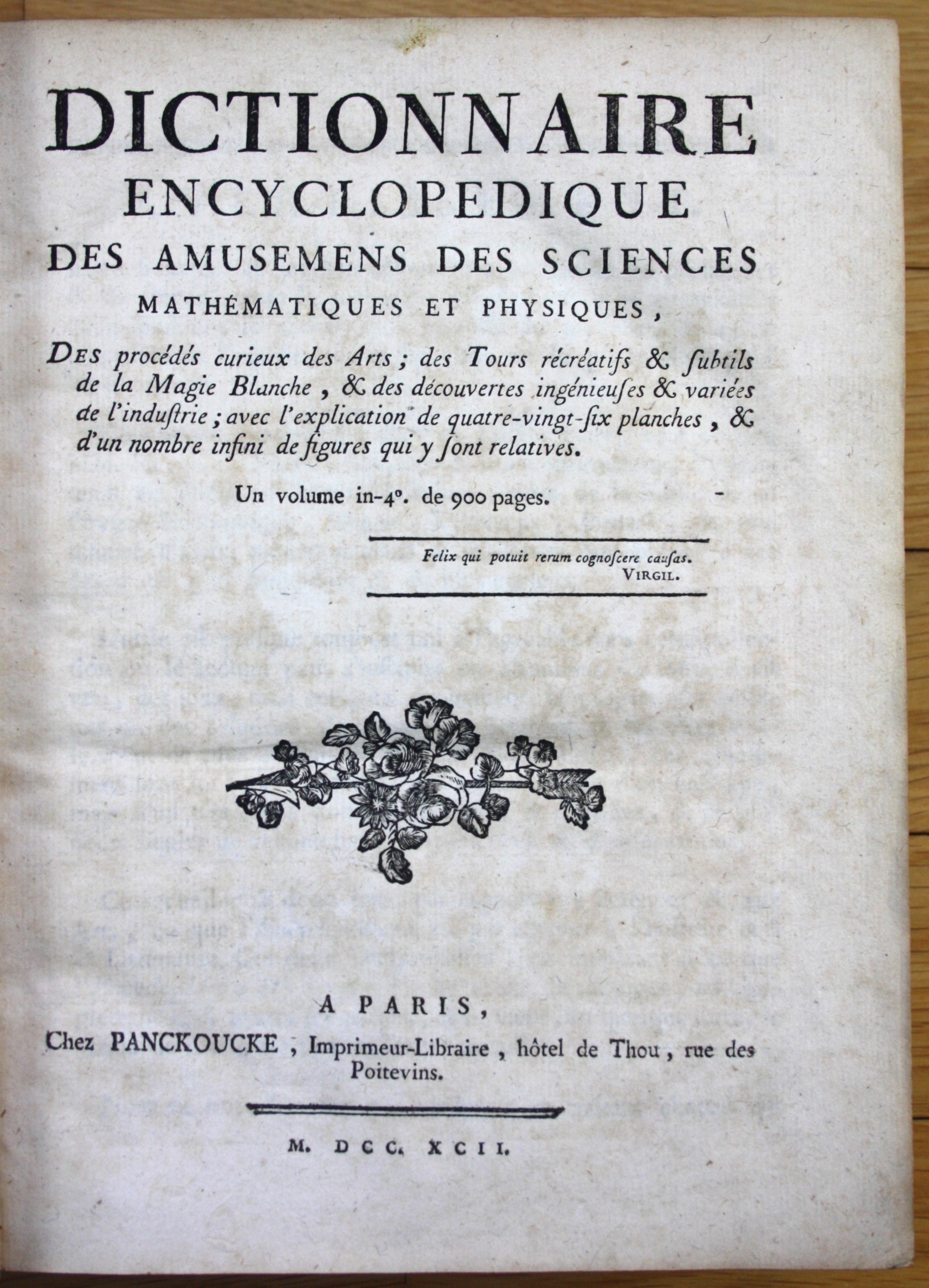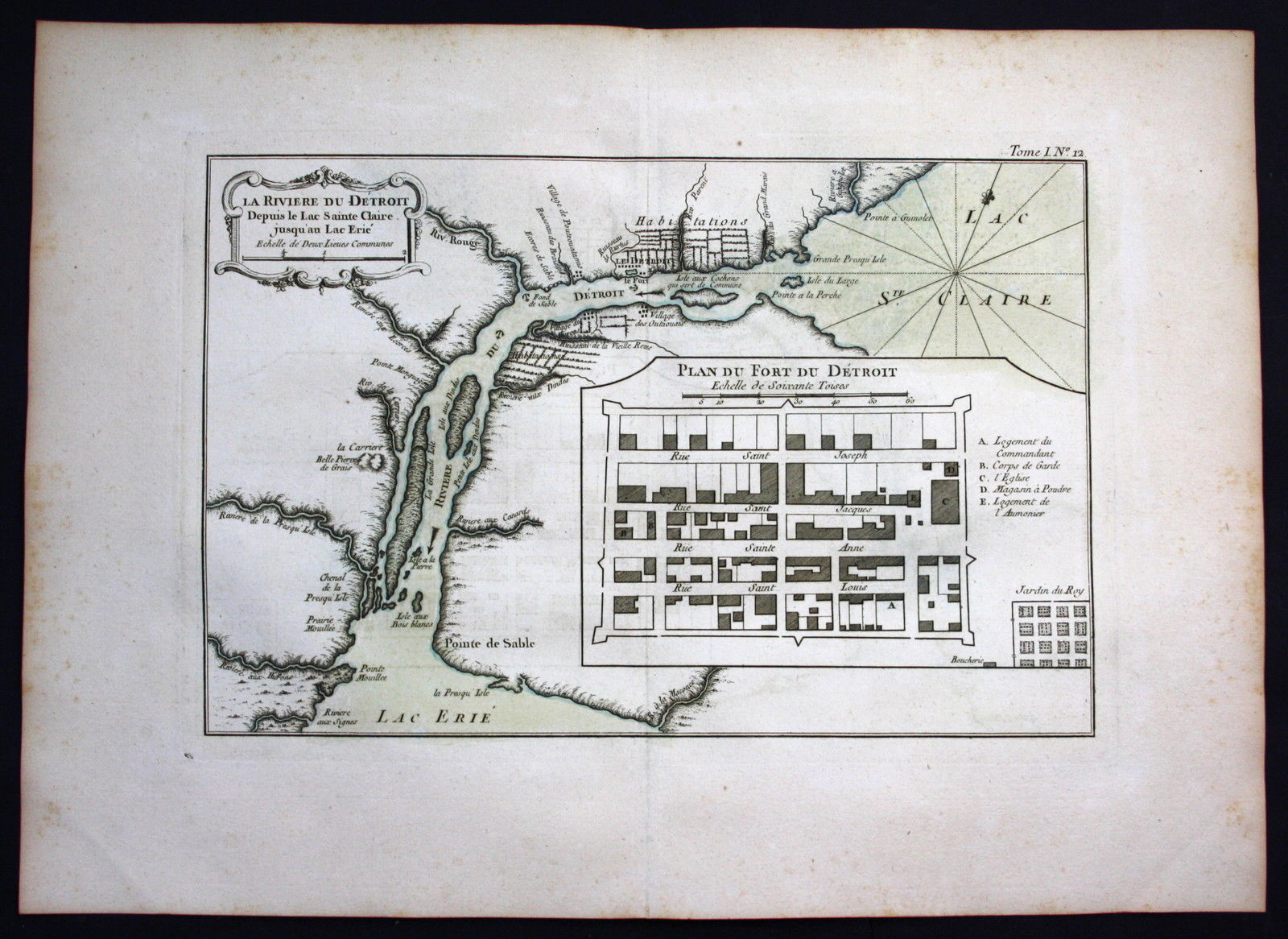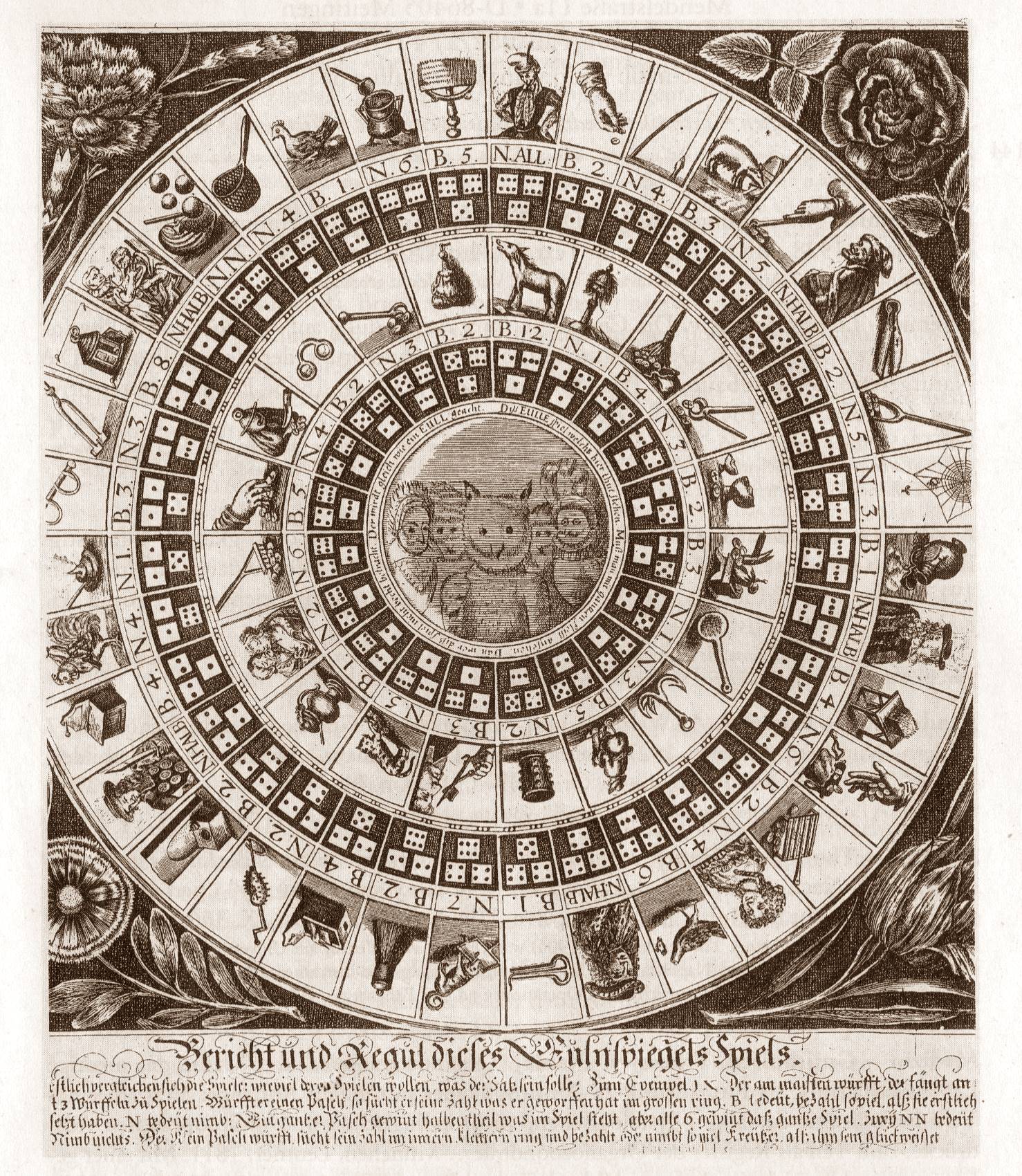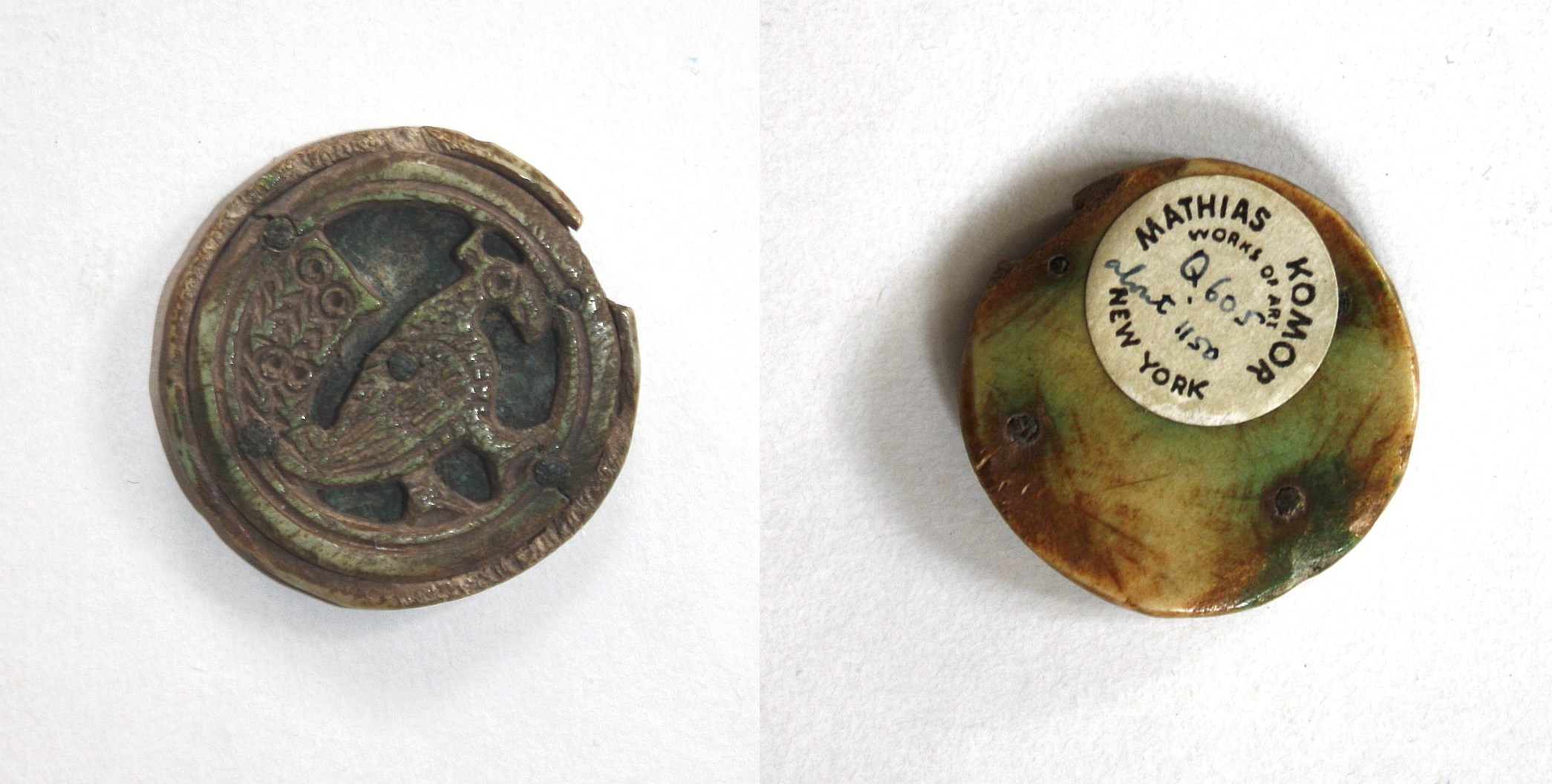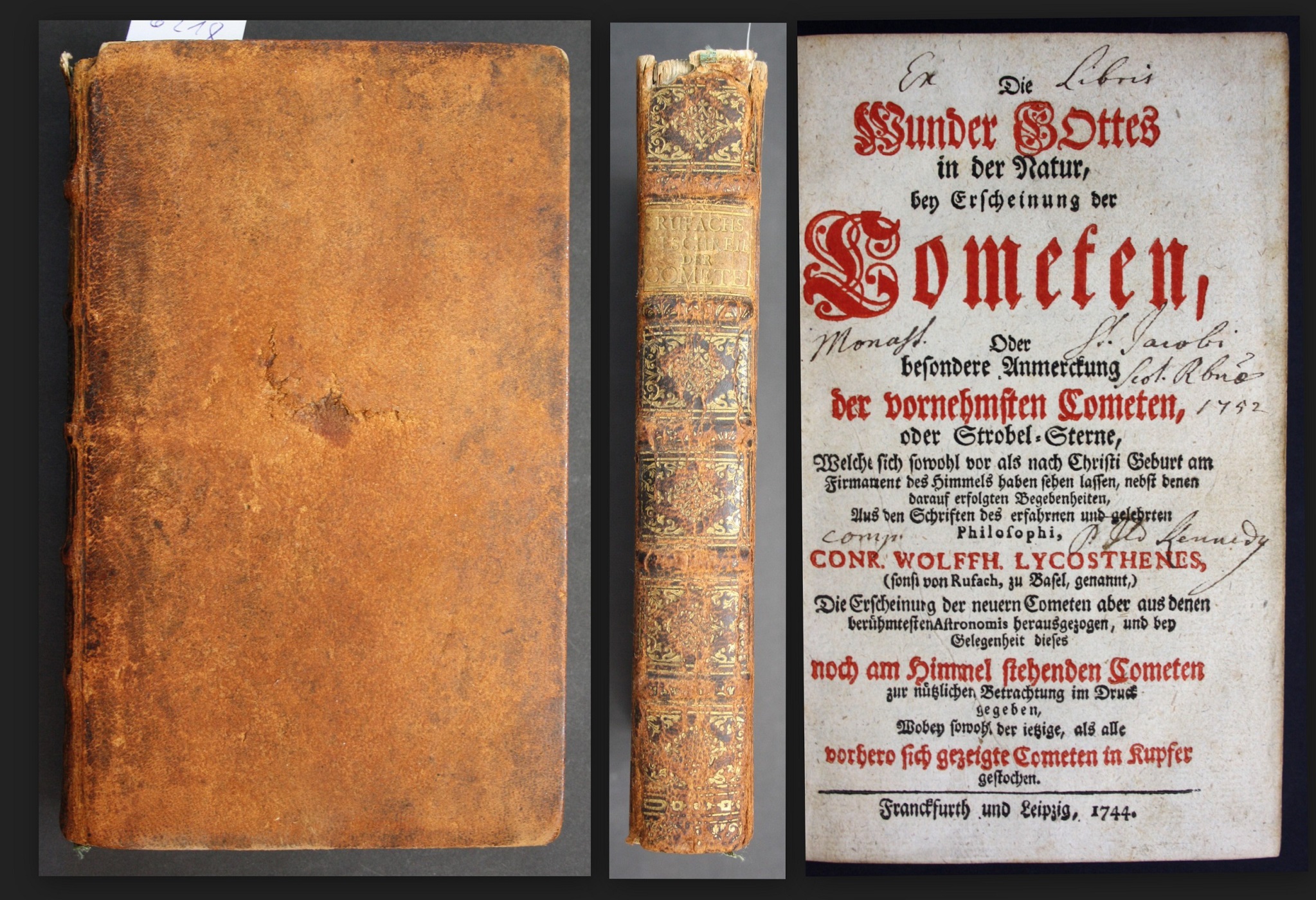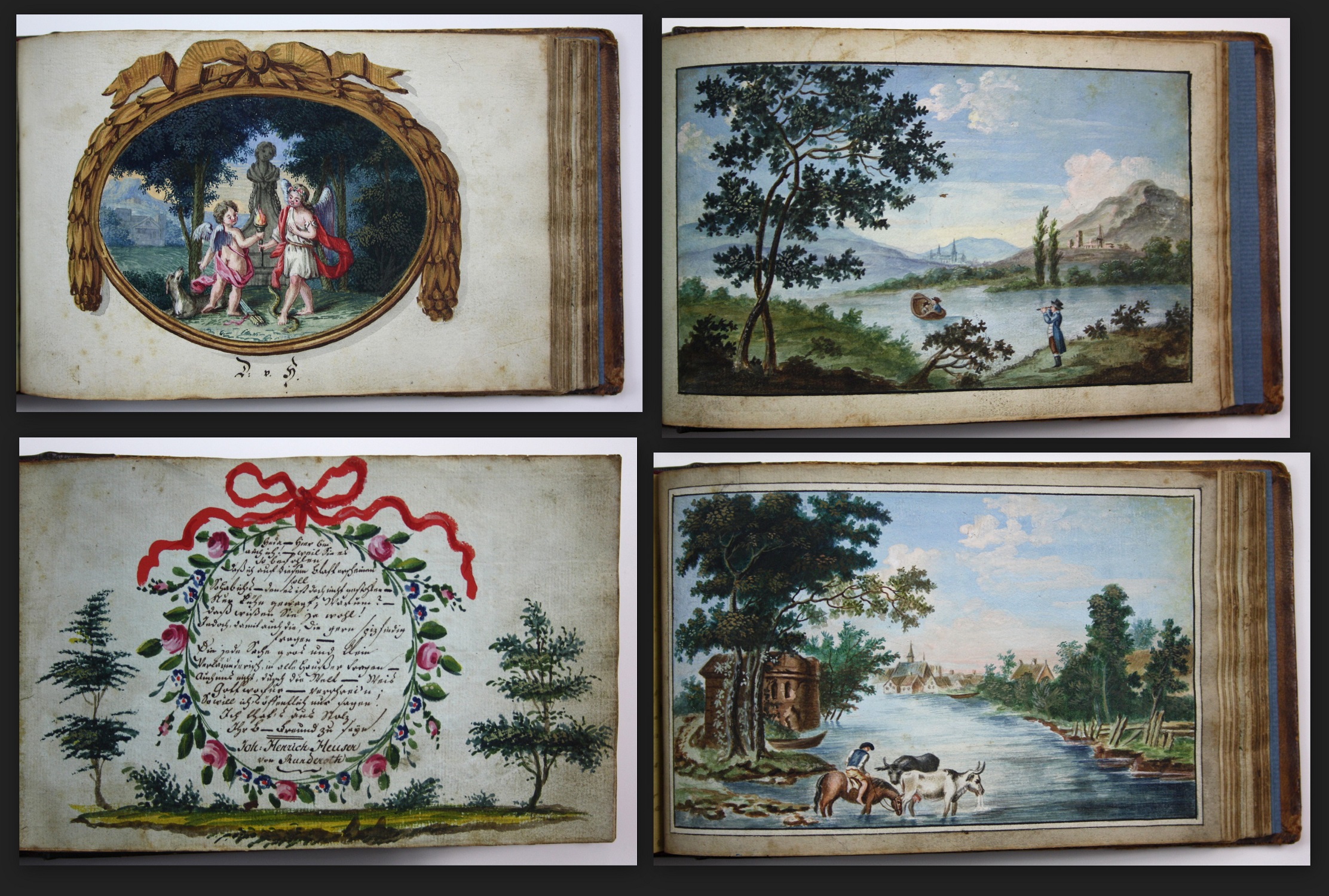BANNE DE BOISSY, Claude de – 16th-17th century manuscript ledger for Saint-Montan (Ardèche, France), 1610-1612. Handwritten, contemporary vellum binding [ca. 32 x 20 cm]; dated 1602.
French manuscript in brown ink on laid paper. 674 pp., 9 Bl, 7 unnumbered leaves (Index), 2 Bl.
This exquisite manuscript ledger offers a fascinating glimpse into the feudal practices of the 16th and early 17th century France. The document chronicles the lease contracts managed by Mr. Claude de Banne de Boissy, a nobleman who leased various parts of his extensive estate in the cities of Bourg-Saint-Andéol, Saint-Montan, and Viviers. With records mostly from the year 1583, but also from 1584, 1610 and 1612, this manuscript is a testament to the enduring legacy of feudalism in the region.
Claude de Banne de Boissy was a Coseigneur de Saint-Montan (1570-1629), capitaine-châtelain (the one who managed and defended castles in a Lord’s absence, handling responsibilities such as judicial affairs, tax collection, and other administrative duties) of Chateau La Voulte-sur-Rhone. He was married to Isabeau de Burine.
Each contract begins with the name of the leaser and the time the lease was settled. The names of the ones who leased from Mr. Banne de Boissy are listed once again, in alphabetical order, at the end of the manuscript. Recurrent families are, for instance: Armand, Colombon, Couland, Las Combes, and Mouthon. Most of the leases concern land in Saint-Montan, a commune where Banne de Boissy was Coseigner during the time the leases were written, but also in Bourg-Saint-Andeol and Viviers.
Feudalism in France during this period was characterized by a hierarchical system where land was the main source of wealth and power. People such as Mr. Claude de Banne de Boissy, held large estates and leased portions of their land to tenants. These tenants, often serfs or free peasants, were required to pay rent or provide services in exchange for the right to work the land. Most of the administrative documents of the time were kept in such manuscripts, but a large portion of them have been lost, due to being burned during the French Revolution in the 18th century.
This extensive ledger is a valuable artifact for historians and scholars alike, offering a direct link to the feudal past of France. It not only illuminates the practical aspects of land leasing and management but also provides a personal glimpse into the lives of those who lived under the feudal system. Furthermore, it is an important document for the history of the region around Saint-Montant, Viviers and Bourg-Saint-Andeol and its inhabitants, which can provide important insight into the history of its16th-17th century population and economical endeavors. The scarcity of such manuscript ledgers make the present manuscript all the more valuable.
Cover with some tears and wormholes, somewhat stained; first ten pages with some wormholes (minor loss of text) and slightly stained, otherwise in very good condition.
verkauft/sold





